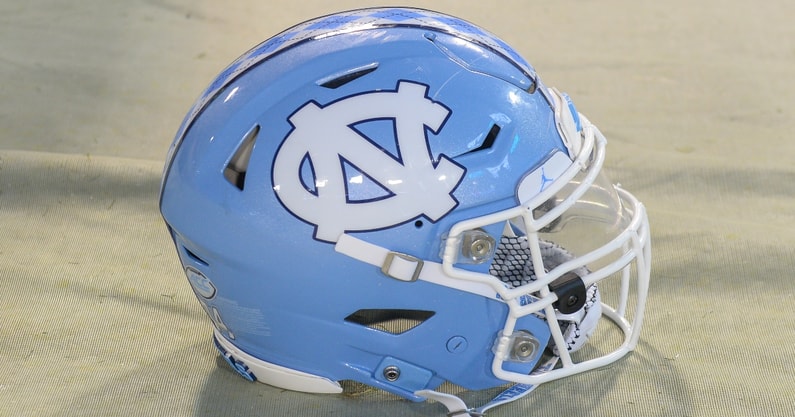North Carolina cornerback Ladaeson Hollins announces plans to withdraw from NCAA transfer portal

Just four days after announcing his intention to transfer from North Carolina for his final year of eligibility, Ladaeson Hollins tweeted that he will withdraw from the transfer portal and return to Chapel Hill. The fifth-year cornerback has another year of eligibility thanks to the COVID relief for the 2020 season.
“After deep conversations with my family members and the coaches and staff, I have decided to withdraw my name from the NCAA Transfer Portal and spend my grad year here in Chapel Hill,” Hollins tweeted. “Thank you to the coaches who have reached out in attempt to help me find a new home. GO HEELS.”
After starting in five games as a redshirt freshman and redshirt sophomore, Hollins missed the 2021 season season due to injury. He was able to play in the first two games in 2021 before the season-ending injury. He tallied four tackles versus Virginia Tech. In 2022, he posted three tackles – one in each game versus Wake Forest, Pitt and Miami.
Hollins was a three-star prospect coming out of Jefferson (Tampa) High School in Florida, according to the On3 Consensus, a complete and equally weighted industry-generated average that utilizes all four major recruiting media companies.
To keep up with the latest players on the move, check out On3’s Transfer Portal wire.
Transfer portal background information
The NCAA Transfer Portal, which covers every NCAA sport at the Division I, II and III levels, is a private database with names of student-athletes who wish to transfer. It is not accessible to the public.
The process of entering the portal starts with the school’s compliance office. Once a player provides written notification of an intent to transfer, the office enters the player’s name in the database and everything is off and running. The compliance office has 48 hours to comply with the player’s request.
Once a player’s name shows up in the portal, other schools can contact the player. Players can change their minds at any point and withdraw from the portal. However, once a player enters the portal, the current scholarship is no longer valid. In other words, if a player enters the portal but decides to stay, the school does not have to cover their scholarship.
The database is a normal database, sortable by a variety of topics, including (of course) sport and name. A player’s individual entry includes basic details such as contact info, whether the player was on scholarship and whether the player is transferring as a graduate student.
Top 10
- 1Breaking
Isaiah Augustave
CU RB not with program
- 2New
Mike Elko
Shreds player over motto
- 3
Jarin Stevenson
Alabama forward to transfer
- 4
Federal Bill to replace NCAA
Conference shakeup, limitless transfers
- 5Hot
JT Toppin
$4M NIL package
Get the On3 Top 10 to your inbox every morning
By clicking "Subscribe to Newsletter", I agree to On3's Privacy Notice, Terms, and use of my personal information described therein.
A player can ask for a “do not contact” tag on the report. In those instances, the players don’t want contact from schools unless they initiate the communication.
Track transfer portal activity
While the NCAA transfer portal database is private, the On3 Network has streamlined the reporting process tracking player movement.
If you find yourself asking, ‘How can I track transfer portal activity?’ our well-established network of reporters and contacts across college athletics keeps you up to speed in several ways, from articles written about players as they enter and exit the transfer portal or find their new destination, to our social media channels, to our Transfer Portal Wire.
The transfer portal wire provides a real-time feed of player activity, including basic player profile information, transfer portal ranking and original On3 Consensus recruiting ranking, as well as NIL valuation (name, image and likeness).
The On3 Transfer Portal Instagram account and senior national college football reporter Matt Zenitz’s Twitter account are excellent resources to stay up to date with the latest moves.